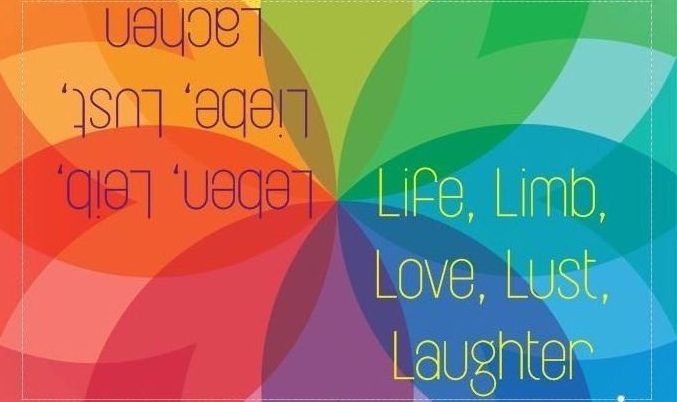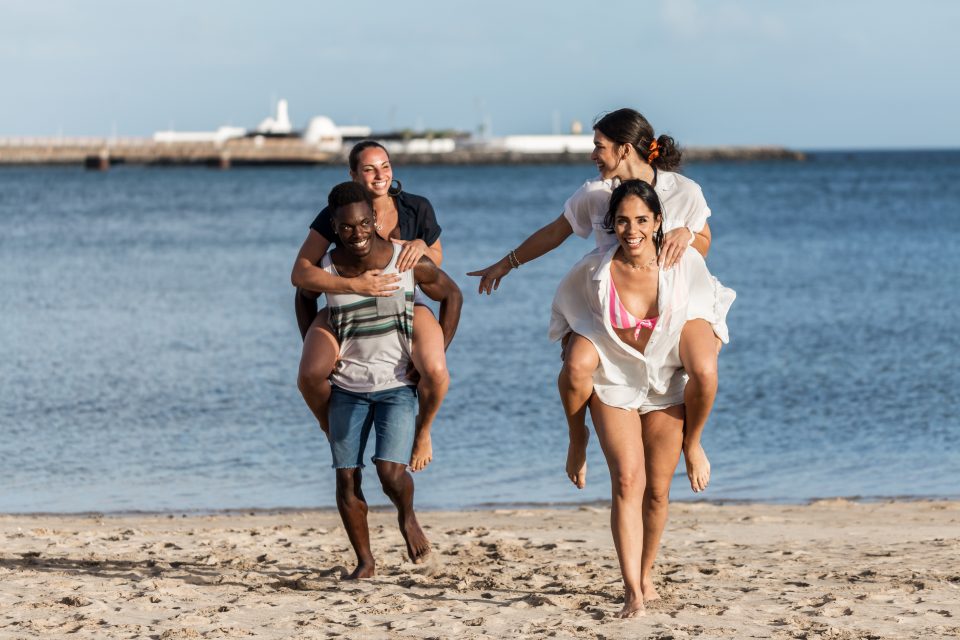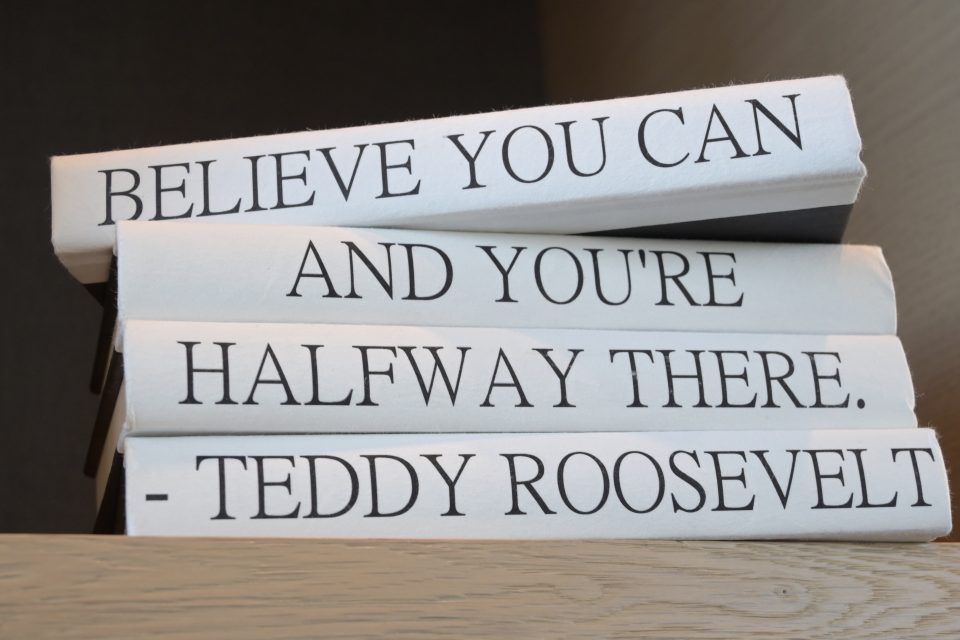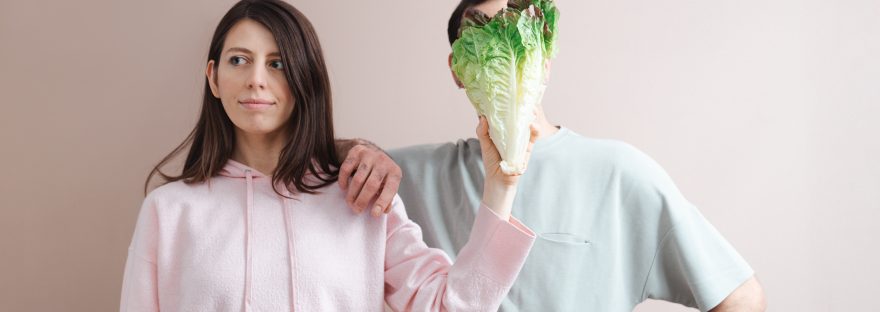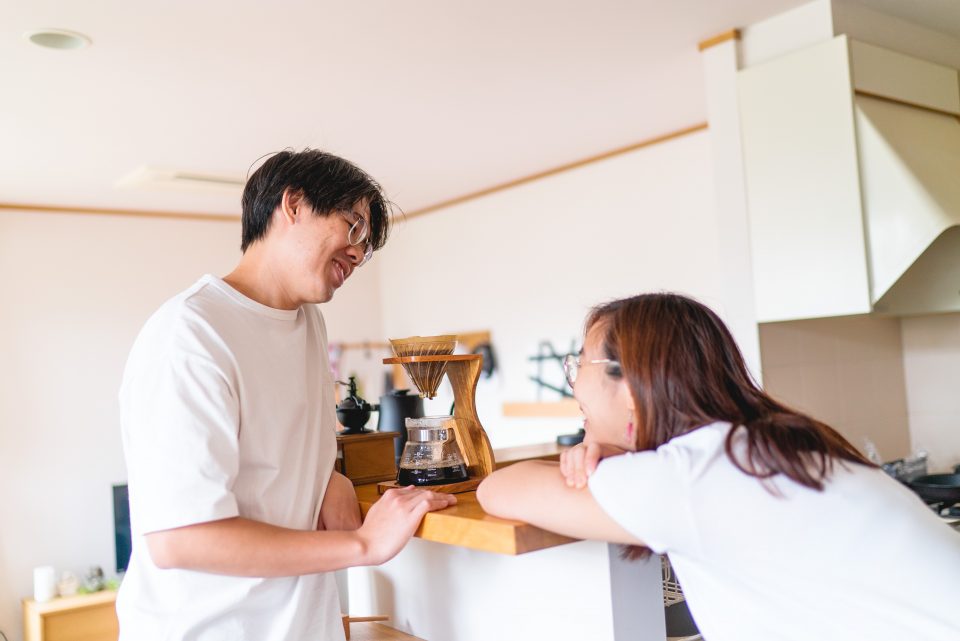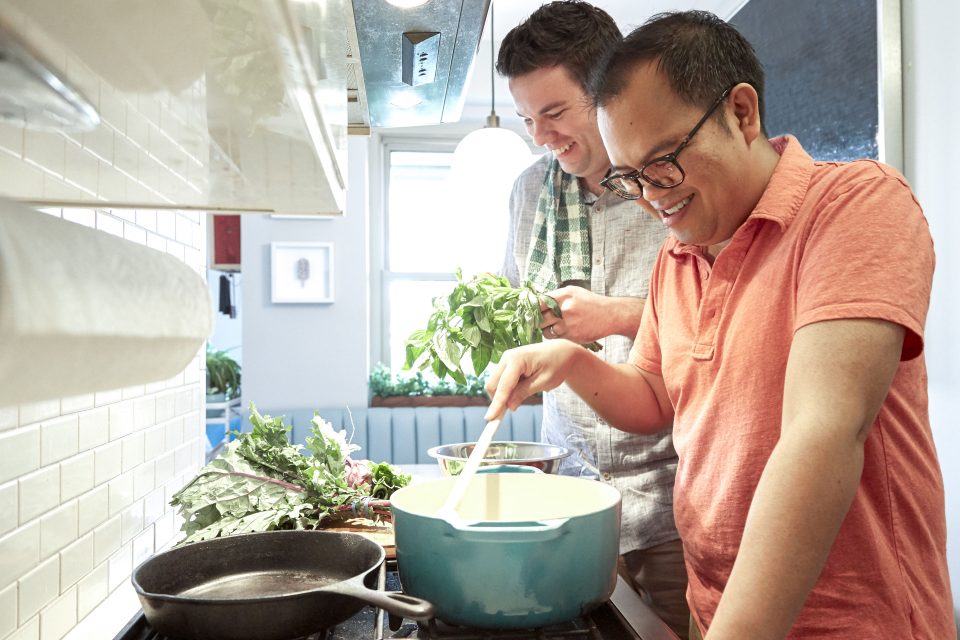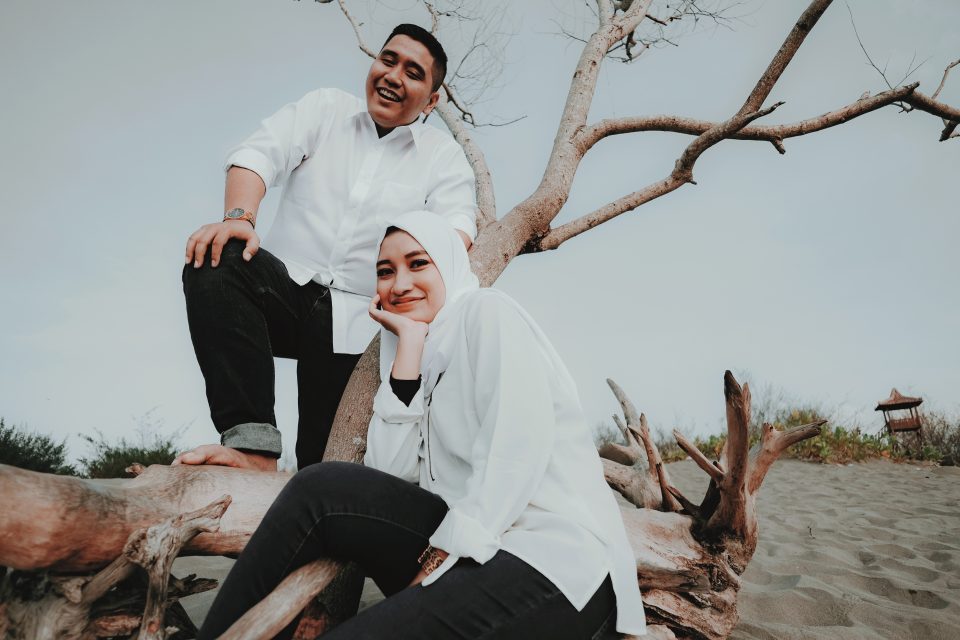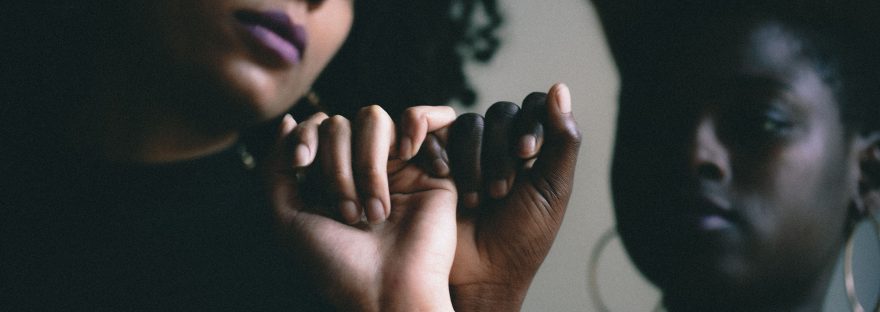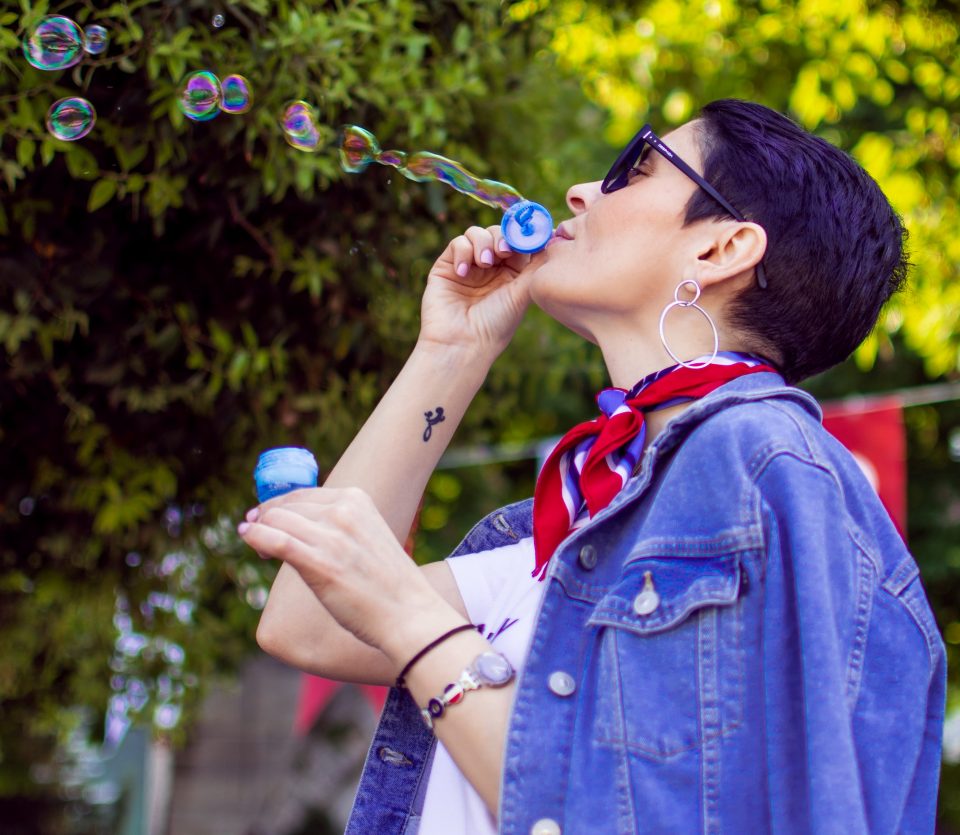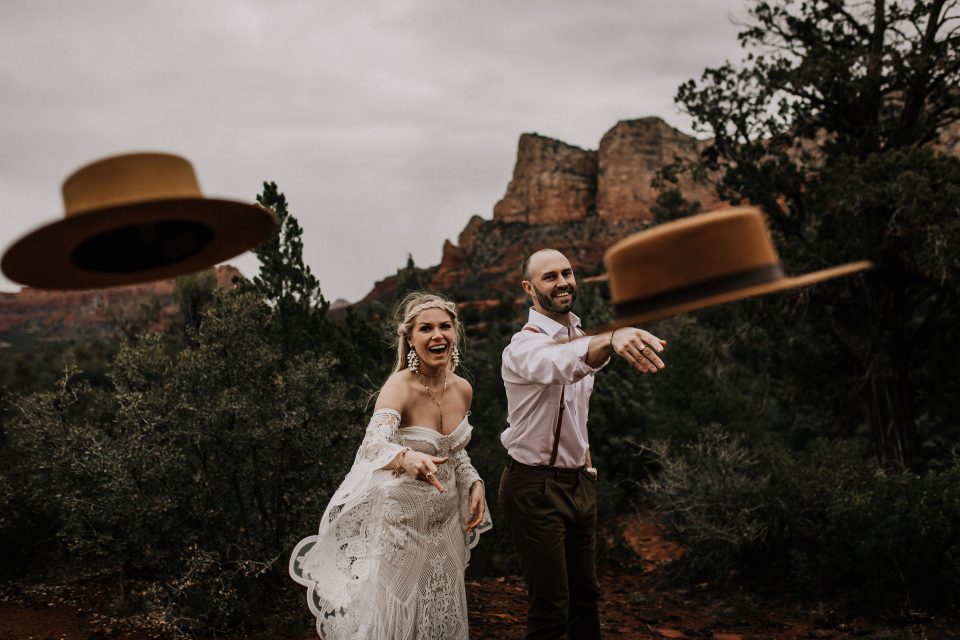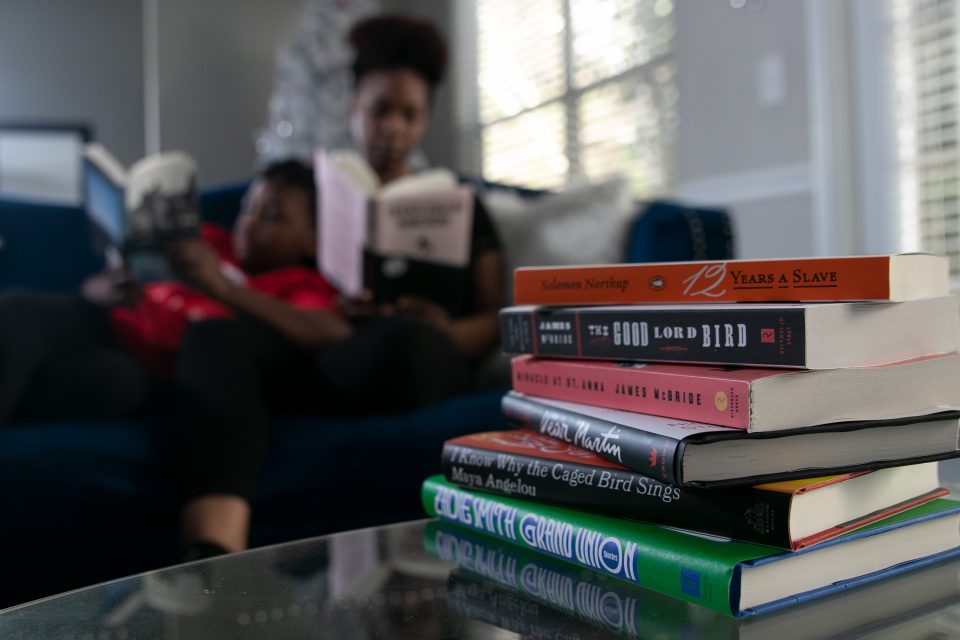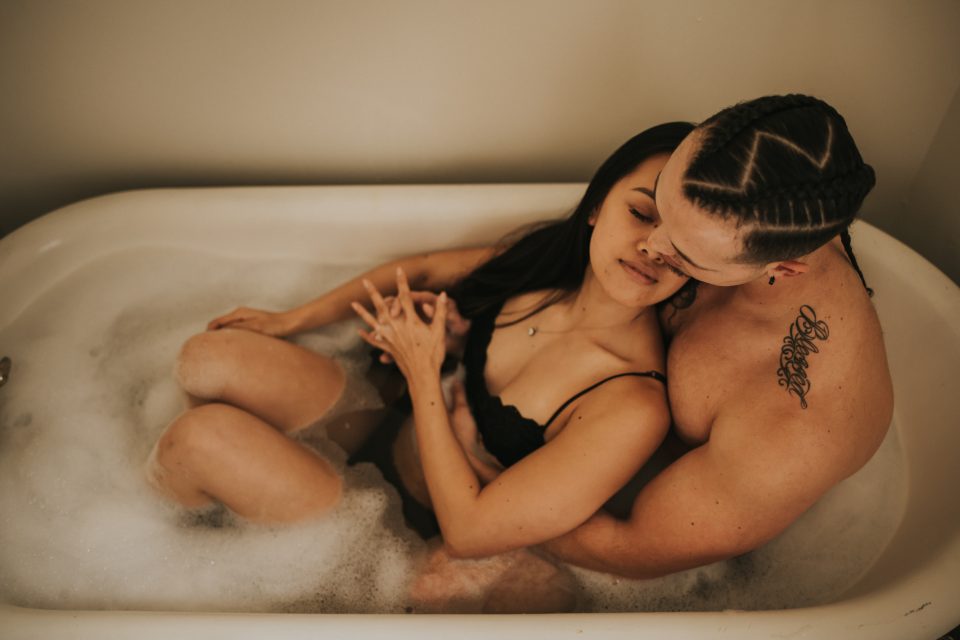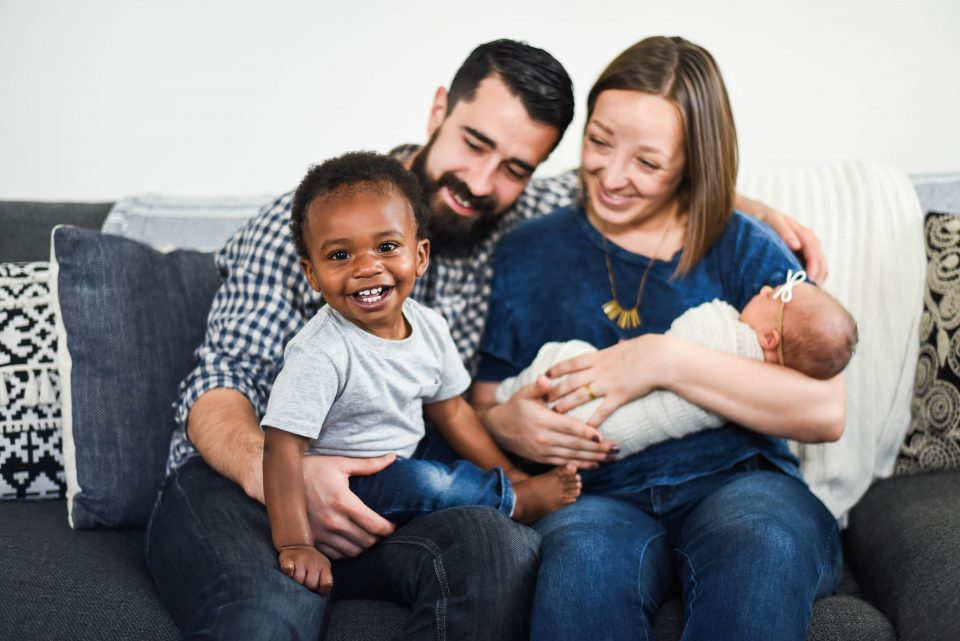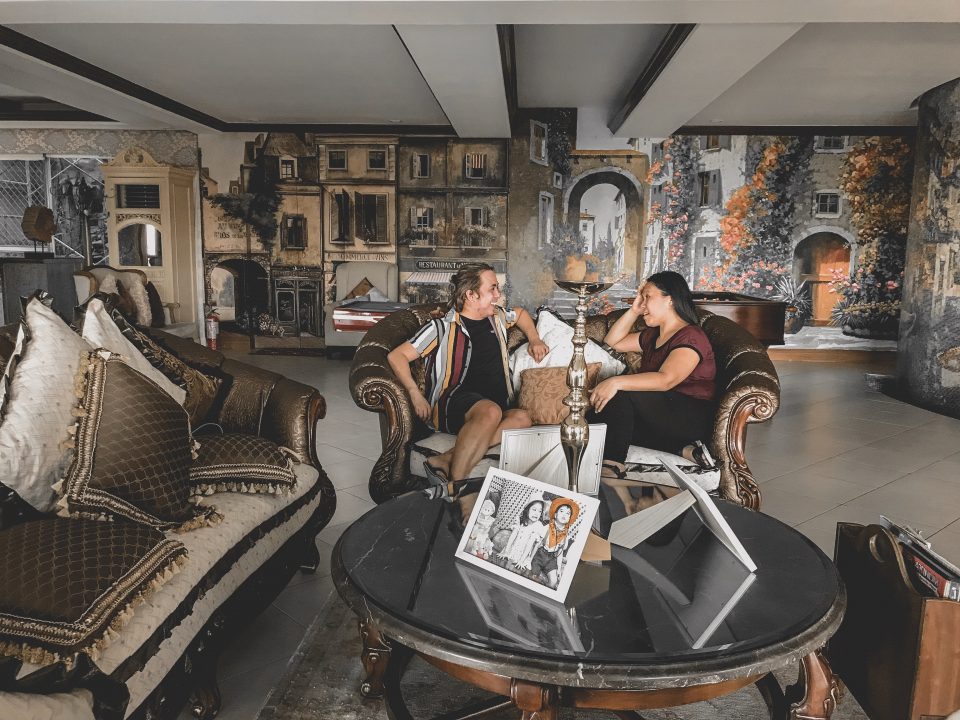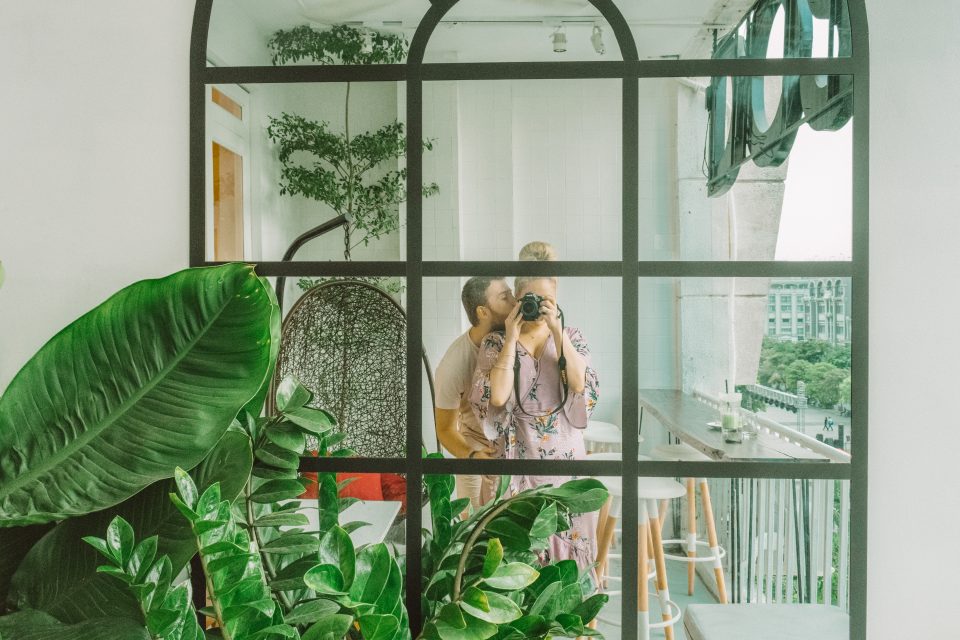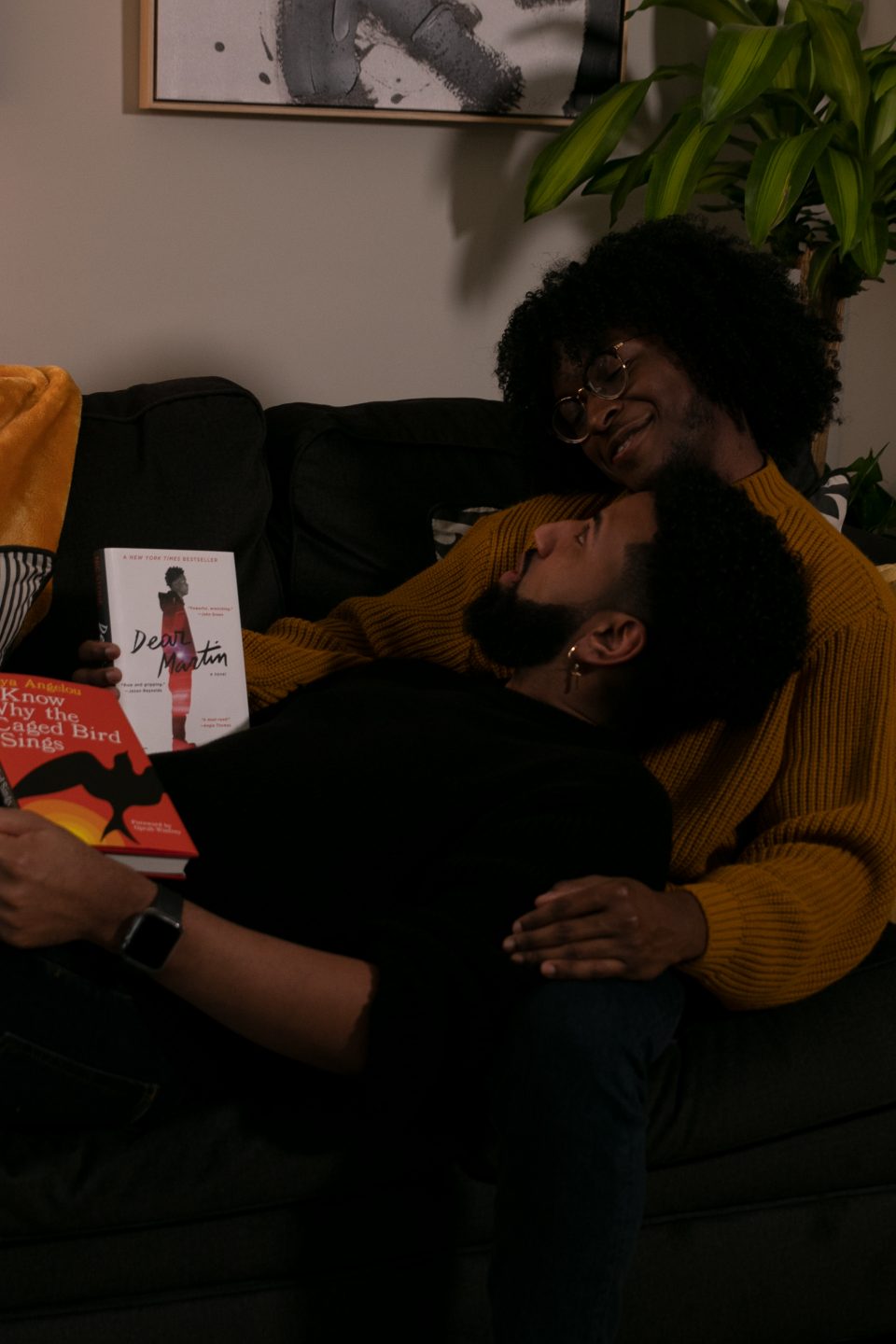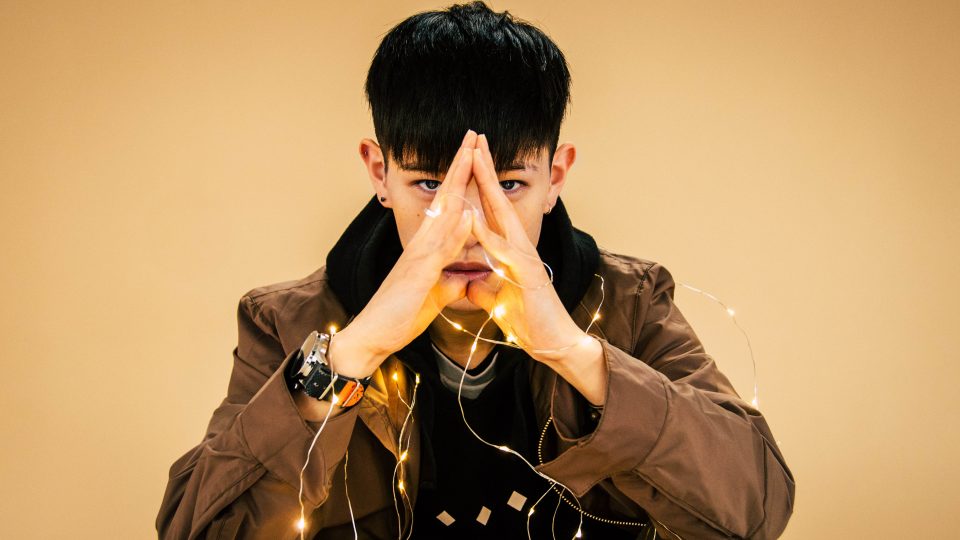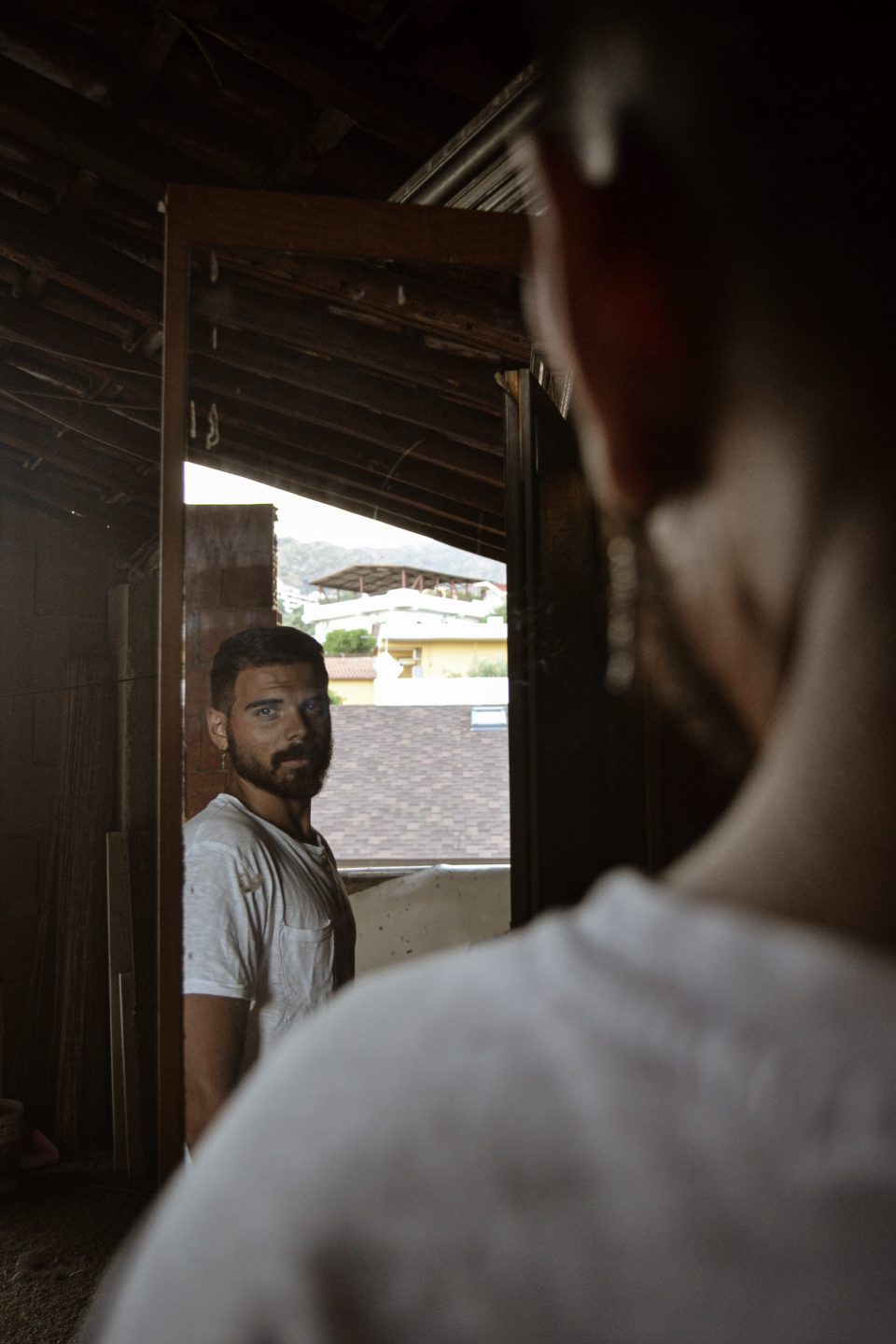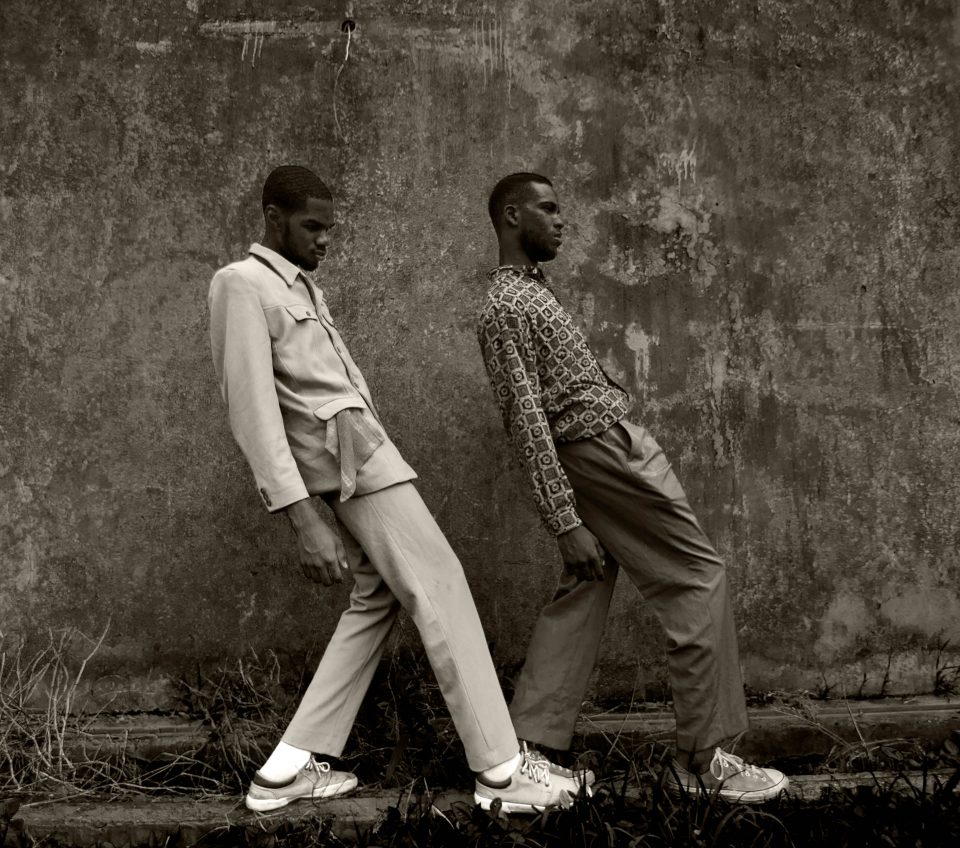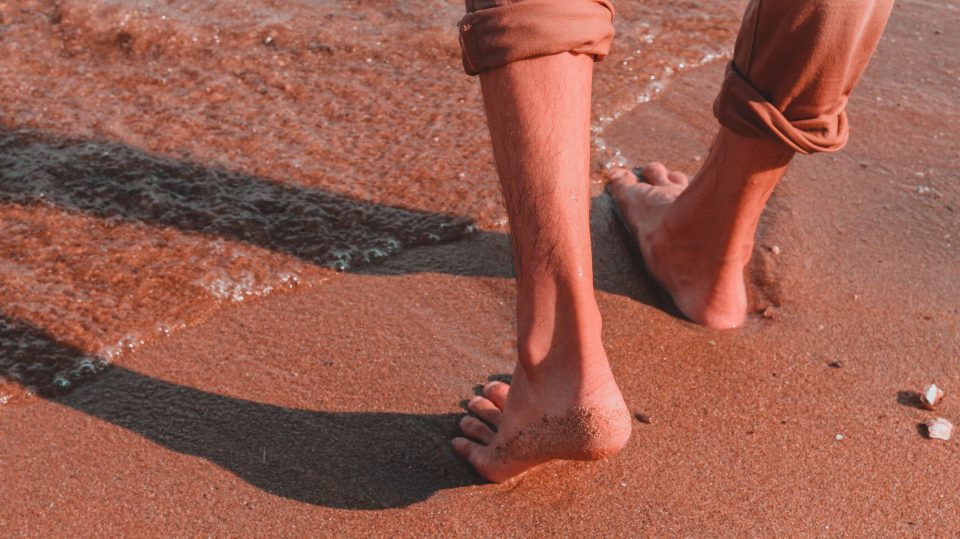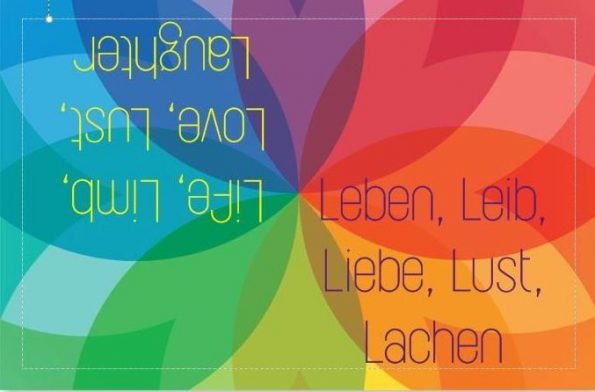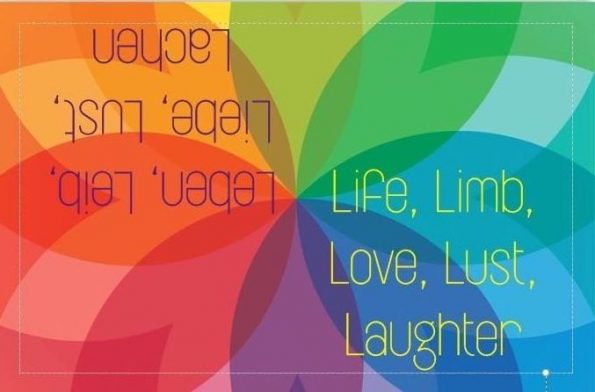Maintaining the Vibe
Priorities
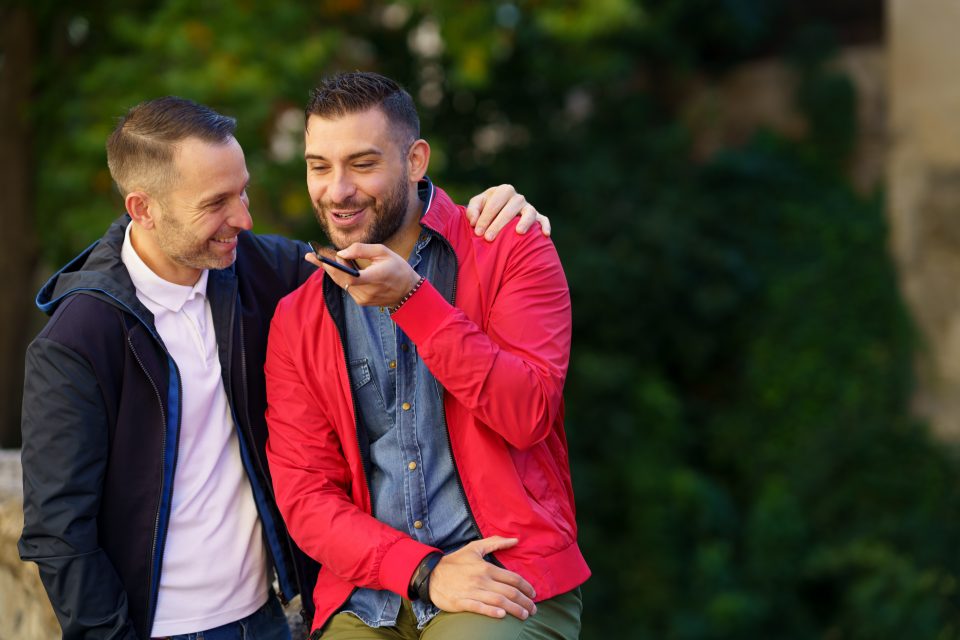
Why are we here?
“Energy is what I believe all of us are. We’re just conscious awareness dancing for itself for no other reason but to stay amused.”
Jim Carrey
Sean here! And, we are continuing our study of communication and our journey towards rapport, closeness, and enthusiasm in our HHIA relationships.
In other words, we are reflecting on who we are and who we want to be with each other on our voyage together towards love, desire and understanding.
And while we are on our way, it is good to think about where and with whom we are actually going:
- Where are we heading?
- Where do we want to be?
- Who are we?
- Who is by our side?
- How do we get what we want?
- Who do we want to be?
- How do we keep things fresh and interesting?
- When is enough enough?
- Are we having a good time?
- Why are we doing what we are doing?
- Are we happy?
All of these questions are constantly being asked and answered consciously and unconsciously. In our relationships we find a version of ourselves reflected in our partners eyes and referenced in their comments. At the same time they find themselves reflected in our eyes and referenced in our comments.

Wants & Needs
You don’t get what you want. You get what you are.
Wayne Dyer
It is important for us to look and listen to our partners and ourselves in our relationships. On the one hand we want to be sure that we are being fair and honest in our expressions. On the other hand we want to our partners to understand and appreciate us as we are. In other words, we have the responsibility to take the time and make the effort to allow our partners and ourselves to understand and appreciate:
- Who we are
- What we think
- How we feel
- What is important to us
- Why we do what we do
We can communicate these things through both words and actions. Actually, more important than taking the time is making the time and being in the moment. This allows us and our partners to comprehend and communicate clearly without misunderstandings. Being present allows us to hear, listen and process the thoughts and feelings of our partners and ourselves simultaneously.
Here & Now
Do not wait for life. Do not long for it. Be aware, always and at every moment, that the miracle is in the here and now.
Marcel Proust
Simply put, being in the moment and prioritizing ourselves, our significant others and our relationships helps us to appreciate and sustain the precious gifts we share with one another.
Time, effort, intimacy, understanding and focus are the rewards we receive from one another when we allow and offer them ourselves. HHIA relationships are where we have the opportunity to explore, share and grow together. In this vein, we find both our others and ourselves in relationship.

That’s all for now!
This is Sean. Try prioritizing yourself (and for those who are important to you) this week and see what happens.
(For more concrete suggestions, contact me at kontakt@praxis-wiebersch.de .)
Our earlier Blog-Lessons:
1–2–3–4–5–6–7–8–9–10–11–12–13–14–15–16–17–18–19–20–21–22–23–24–25–26–27–28–29–30–31–32–33–34–35–36–37–38–39–40–41–42–43–44–45–46–47–48–49–50– 51– 52–53 –54– 55–56 –57–58–59–60 – 61–62–63
German Blog-lessons:
